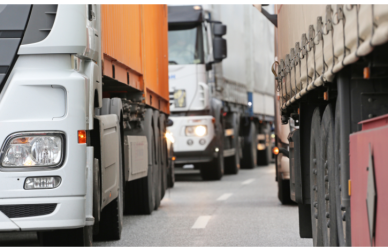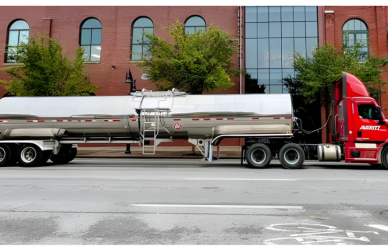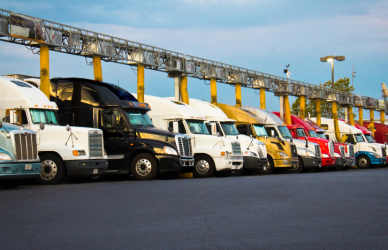Navigating the world of oversized trucking can be a rewarding yet challenging experience. The ability to transport large and heavy loads is crucial for many industries, but it comes with strict regulations to ensure safety on the roads. As an oversized truck driver, staying compliant is not just about avoiding fines—it’s about ensuring the safety of yourself, other road users, and the integrity of your cargo. Here are 10 essential tips to help you stay compliant in oversized trucking.
- Understand Permit Requirements
Each state has its own regulations regarding oversized loads. Before hitting the road, make sure you have the necessary permits for every state you’ll be traveling through. These permits will outline the specific routes you must take, the times you are allowed to travel, and any additional safety measures required.
- Know the Legal Limits
Familiarize yourself with the legal dimensions and weight limits for oversized loads in your operating area. This includes the maximum allowable width, height, length, and weight. Staying within these limits is crucial for compliance and safety.
- Properly Secure Your Load
Ensuring your load is properly secured is not only a regulatory requirement but also critical for the safety of yourself and others. Use appropriate tie-downs, chains, and other securing devices to prevent your load from shifting or moving during transit. Regularly check your tie-downs, chains, and other security mechanisms throughout your trip.
- Use the Right Equipment
Make sure your truck and trailer are suitable for transporting oversized loads. This might include specialized trailers like flatbeds, lowboys, or extendable trailers. Your carrier is responsible for providing you with the right equipment, but being informed will allow you to be an even safer oversized truck driver. Using the right equipment can make a significant difference in managing oversized loads safely and efficiently.
- Plan Your Route Carefully
Oversized loads often require specific routing to avoid low bridges, narrow roads, and other obstacles. Use route planning tools and resources provided by state DOTs to ensure your chosen path complies with all regulations. Keep an eye out for construction zones and road closures that could impact your journey.
- Follow Escort Vehicle Requirements
Many oversized loads require escort vehicles, also known as pilot cars, to ensure the safety of the transport. These vehicles help manage traffic and navigate challenging parts of the route. It’s up to your carrier to ensure that escort vehicles are properly equipped and their drivers are trained in their responsibilities. As a driver, it can be helpful to introduce yourself to the pilot drivers to make for a more comfortable trip.
- Adhere to Travel Time Restrictions
Some states restrict the times oversized loads can travel, often prohibiting movement during peak traffic hours, weekends, or holidays. Make sure you are aware of these restrictions and plan your trip accordingly to avoid violations.
- Stay Updated on Regulations
Regulations can change, so it’s important to stay informed about any updates or changes in oversized trucking laws. Subscribe to industry newsletters, join professional associations, and regularly check state DOT websites for the latest information.
- Maintain Clear Communication
Ensure constant communication with dispatchers, escort vehicle drivers, and regulatory authorities. Effective communication can help you navigate unexpected challenges and ensure that everyone involved in the transport is on the same page.
- Document Everything
Keep detailed records of your permits, route plans, inspections, and any communications related to your oversized load. This documentation will be invaluable and absolutely necessary in the event of an inspection or if you need to resolve any compliance issues.
Staying compliant in oversized trucking requires diligence, attention to detail, and a commitment to safety. Remember, staying informed and prepared not only helps you avoid fines and penalties but also promotes a safer driving environment for everyone on the road. Safe travels!











